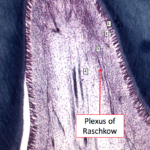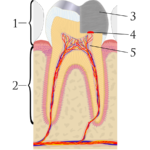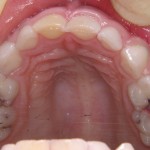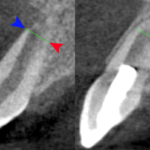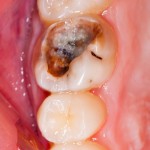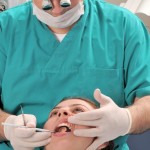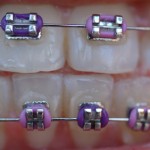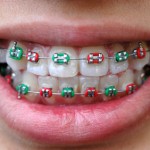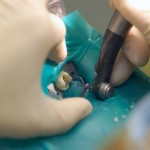
This review comparing the effectiveness of root canal treatment outcomes in teeth with a vital pulp versus a necrotic pulp included 28 studies. No differences between vital and necrotic pulps were seen for tooth survival. No studies reported on tooth function, adverse effects or oral health related quality of life (OHRQoL).
[read the full story...]
